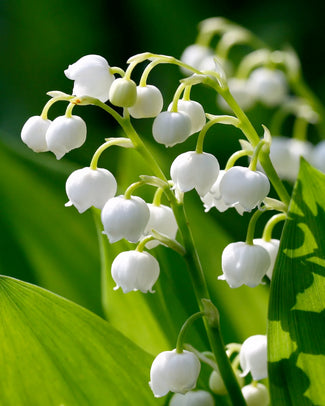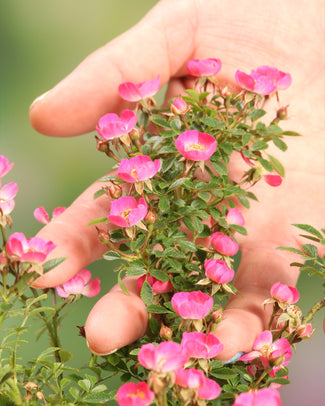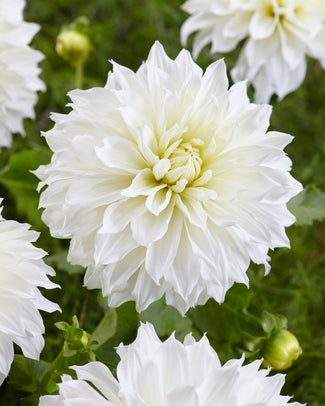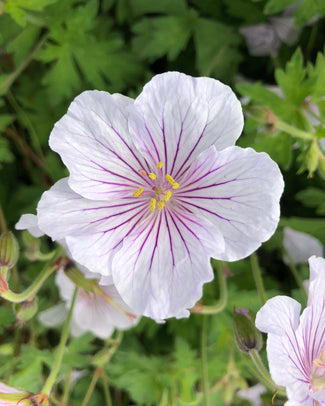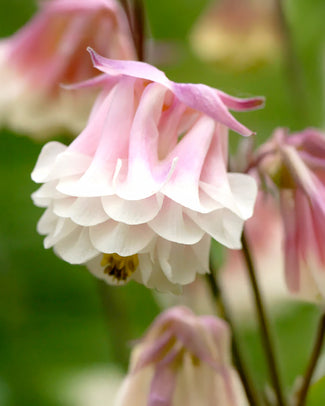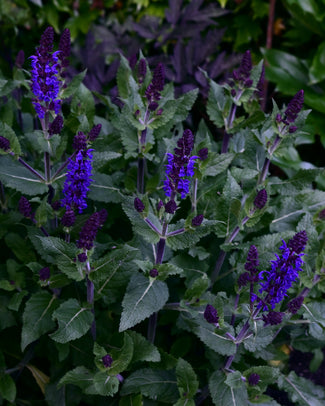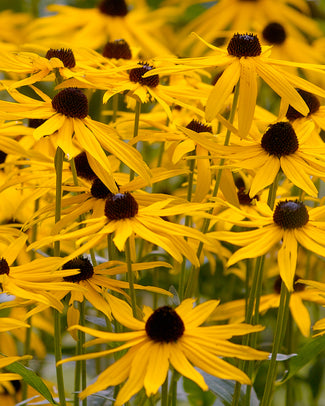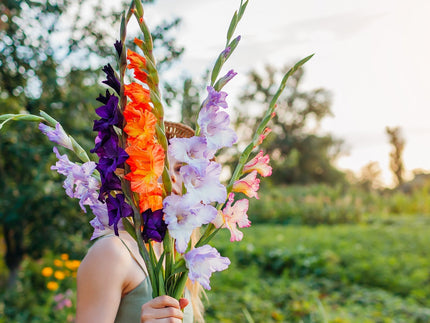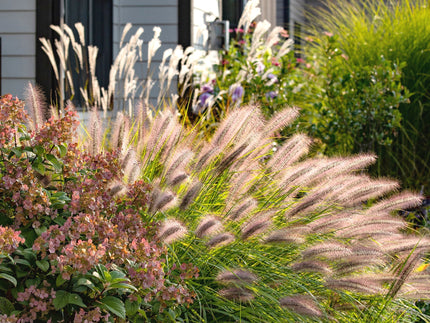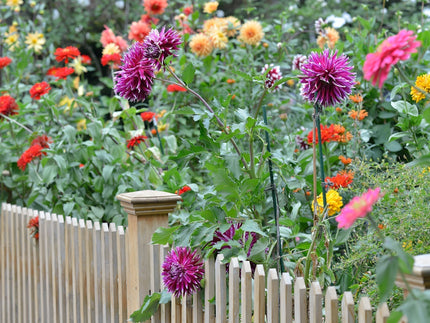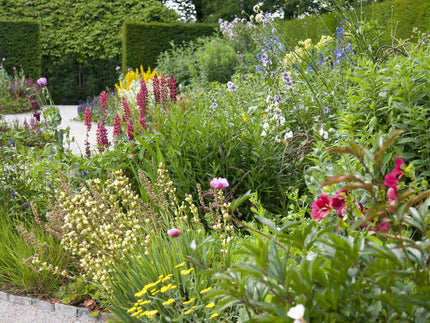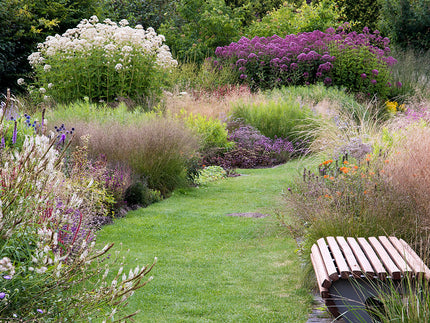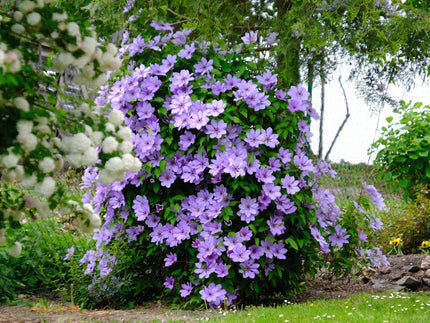How to plant Caladium
Caladiums bring the colours of the tropics to your own growing space and create a fresh and vibrant, exotic planting style to heighten your summer. These lush and leafy plants make a big impact with leaves alone, forming a dense mound of heart-shaped foliage with dashes of zingy, eye-popping colour. Caladiums combine both leaves and colour into one neat and rounded plant, perfect for packing into exotic planting schemes beneath palms or for showing off in pots, indoors or out.
Caladiums are happiest and their leaf colours are most vibrant in a shady but warm environment, whether that’s in your home or in a suitable part of the garden during the summer months. Think jungle conditions, most importantly a place with reliably moist soil which is out of the glare of the midday sun. What better way to brighten up a shady spot?
Caladiums are tender tropical plants and need warm conditions to thrive, so it is important to start them off indoors in temperatures of around 20C, on a bright windowsill during spring. In a warm indoor environment and with a little water to start them off, they’ll begin to establish some growth within around 1-3 months. Given this warm start indoors, they provide an instant impact when planted outside. They can be moved outdoors once they have sprouted and temperatures are fairly consistently around 20C or above, usually from May or June.
Step-by-step
— Plant your Caladium bulbs in pots in spring and position on a bright, windowsill indoors. Grow them on in consistently warm temperatures of around 20C.
— After the bulbs have sprouted and when temperatures remain consistently around 20C or above, Caladiums can be transplanted outdoors into borders or containers in partial to full shade in a rich soil.
— Plant the bulbs around 2-5cm deep with the knobblier side facing upwards.
— Plant the bulbs in individual 15-20cm diameter pots for growing on. When planting out in summer, space the plants 25-35cm apart from each other.
— Water-in after planting and keep well hydrated throughout the season.
Growing Caladiums in pots
With a naturally rounded and even habit, Caladiums look great in pots. Forming a wide, bushy plant in one season, a 30cm (12in) pot is around the right size for one plant. The benefit of growing your Caladiums in pots is that they can easily be moved around to suit the display or fill gaps as the season progresses. Growing in pots means you can simply move it to a sheltered environment for winter without having to lift the bulbs. Choose a humus-rich soil or compost for your pots and remember to water them regularly, pots can dry out quickly in the summer. Include a dish under your pot if you are growing them indoors.
Caladiums as house plants
Enjoying lower light levels and a warm environment, Caladiums make excellent house plants! Caladiums are not evergreen, but they can be encouraged to stay in leaf well into autumn when grown indoors. The tropical conditions that your Caladium will love can be achieved in various parts of the home, particularly rooms which have higher humidity levels such as kitchens and bathrooms. Choose a space which is bright and receives plenty of daylight – close to a window or patio doors is ideal but be careful to avoid a spot which becomes a suntrap.
Caladiums enjoy a fairly moist soil but don’t like to be in boggy, wet conditions. After watering, drain any excess water out of dish below. Water regularly while in growth, but only when the surface of the compost begins to feel dry. Encourage further healthy growth by treating your Caladium plant to a misting of water from time to time. In winter, allow it to die back and store out of the way until the following spring. There is no need to water it while dormant.
Create a contrast
Choosing the right planting partners for Caladiums helps to achieve that fully immersive tropical feel you might be going for. Available in such a wide range of colours, you can create a contrasting and varied planting scheme with just Caladiums, but there are other plants which suit their favoured conditions too, including Colocasia, Astilbe and Calla aethiopica. Vibrant dahlias and begonias can also put on a good show in shadier parts of the garden and provide a fabulous additional colour pop.
Caring for Caladiums
Once you’ve got your Caladiums off to a good start, they are fairly low maintenance for the rest of the season. The main thing to keep on top of is watering, particularly during hot, dry spells. The best time to water your plants is in the evening, which reduces the risk of scorch on the leaves and also give the plants all night to absorb plenty of water.
Before the first frosts in autumn, move potted caladiums indoors to a shed, cool greenhouse or into your home and allow them to die back naturally. Caladiums which are planted in borders can be lifted and stored at this time too. Do to this, carefully use a spade to dig out the bulb, cut off the foliage and store them in pots or trays of loose, dry compost for the winter to be potted again in the spring. The bulbs will not require additional watering once dormant, watering can commence again when the plants start to regrow the following spring.
































































































































































































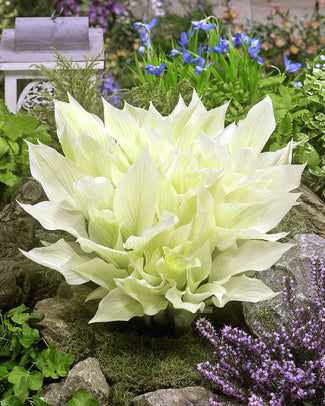
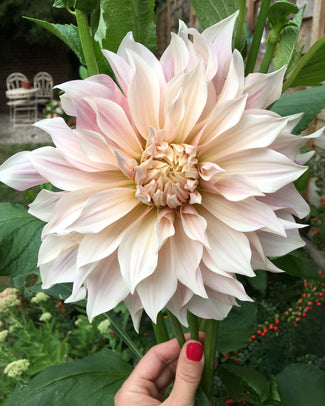
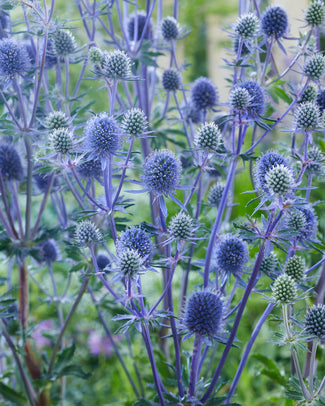
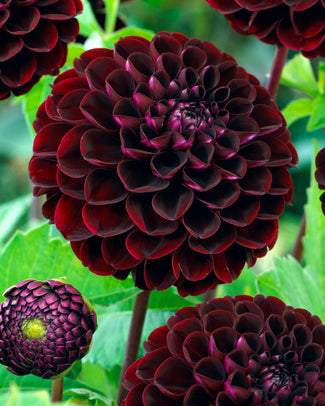
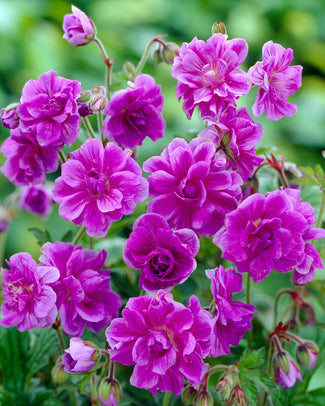
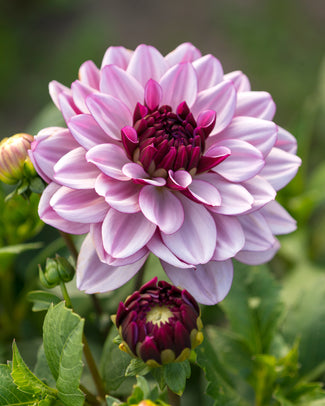
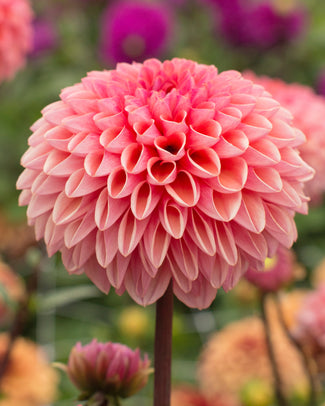
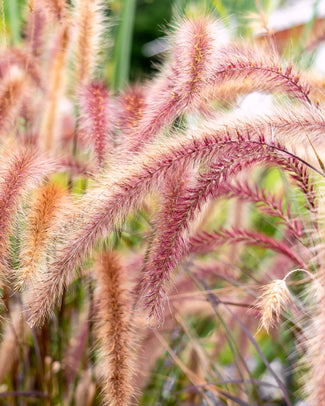
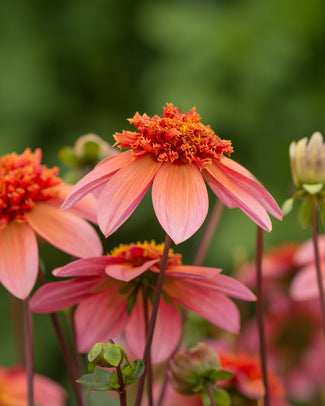
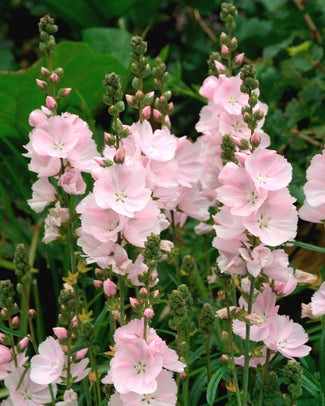
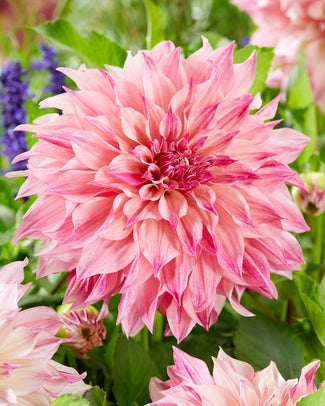
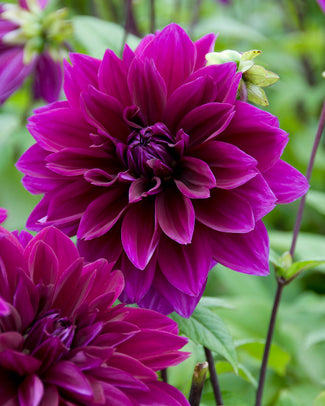
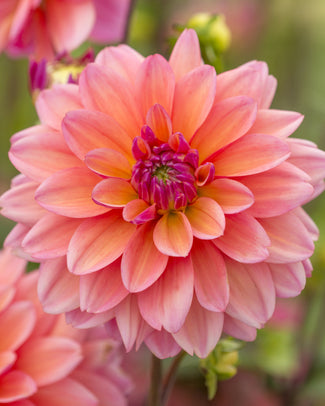
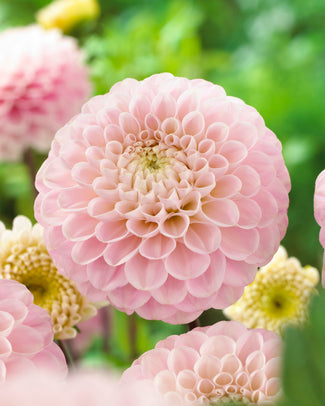
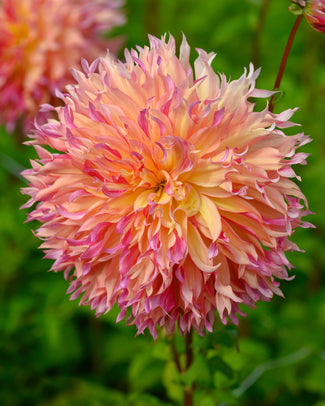
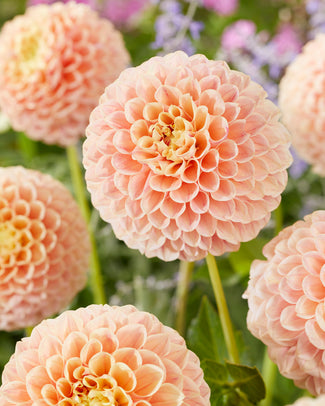
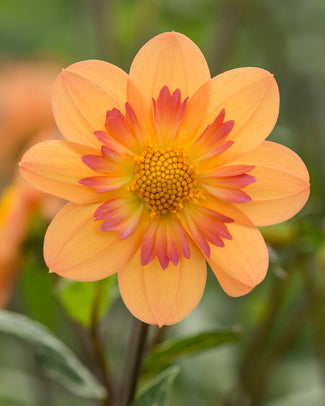
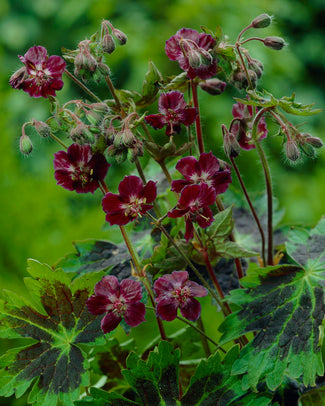
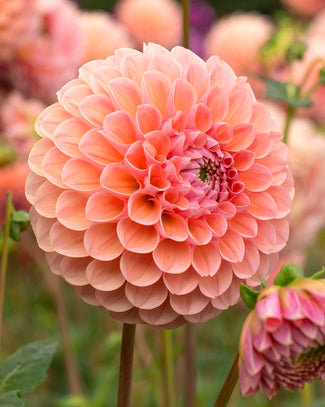
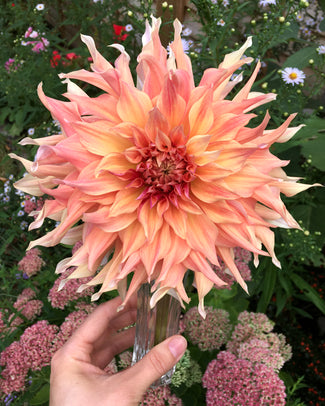
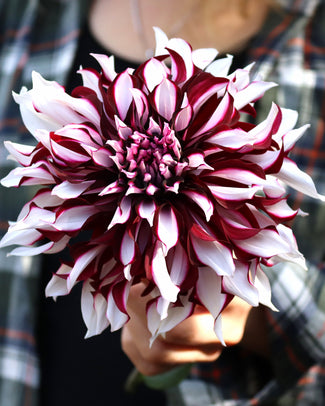
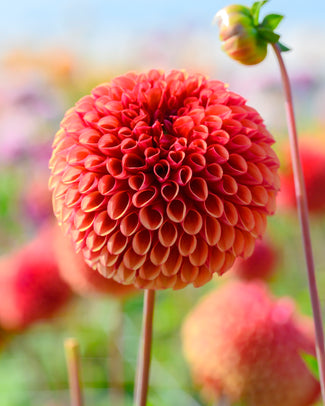
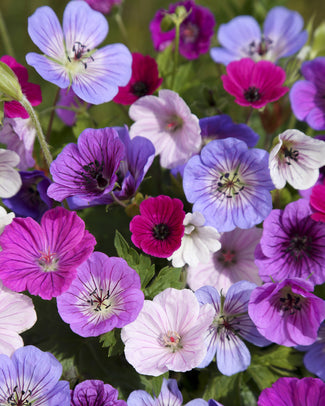
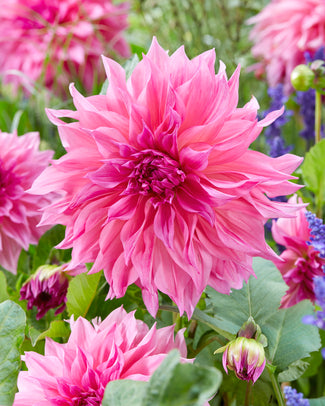
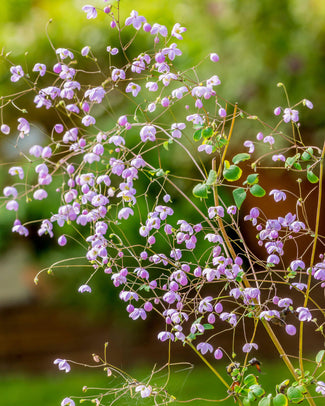
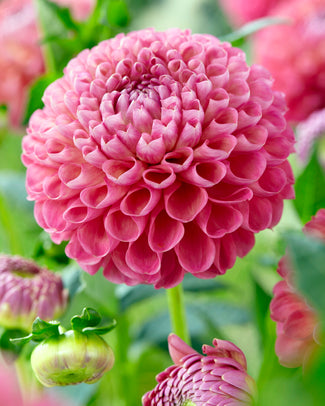
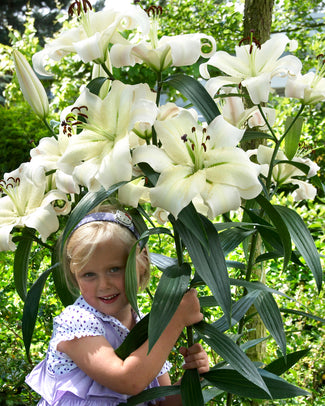
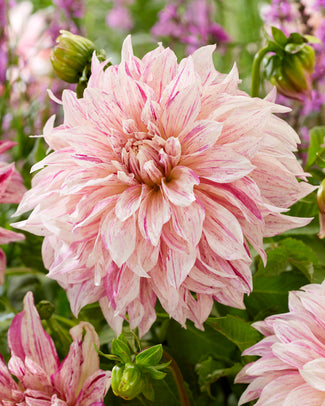
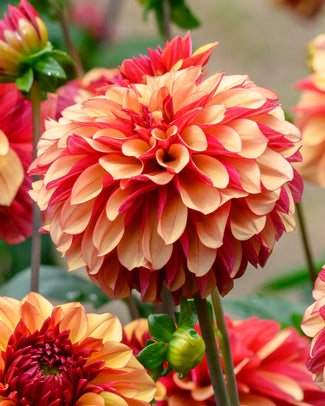
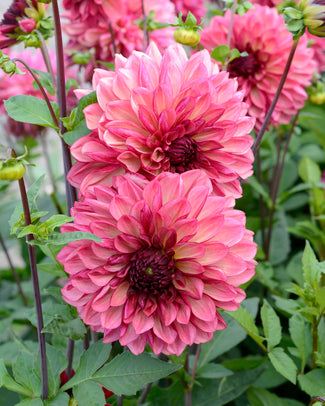
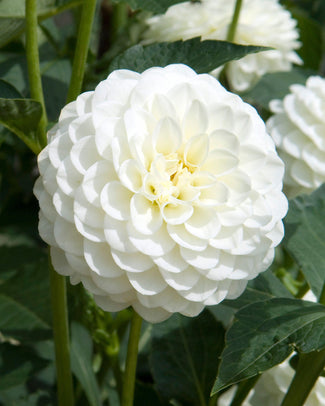
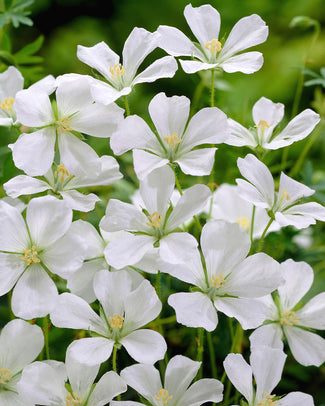
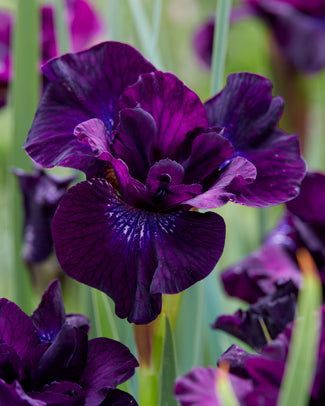
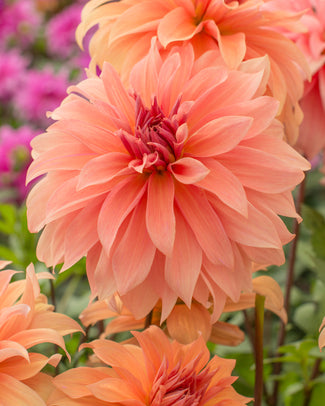
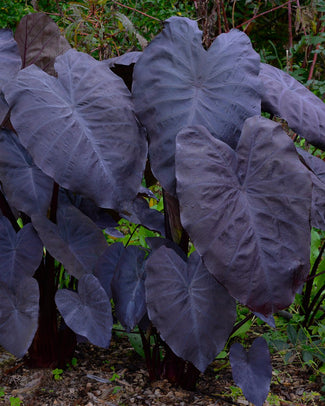
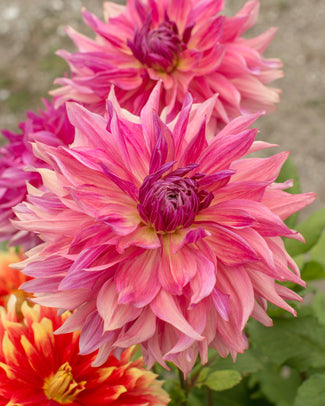
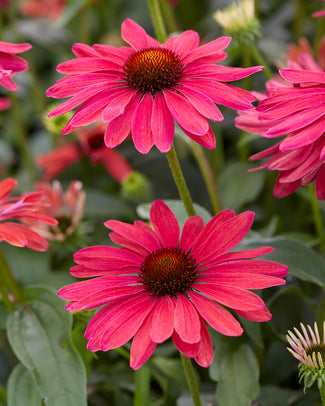
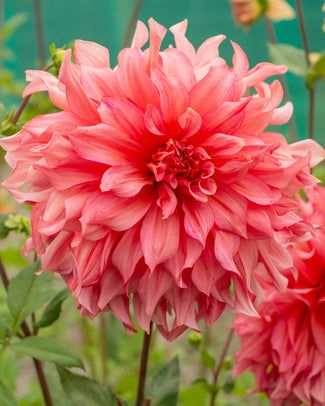
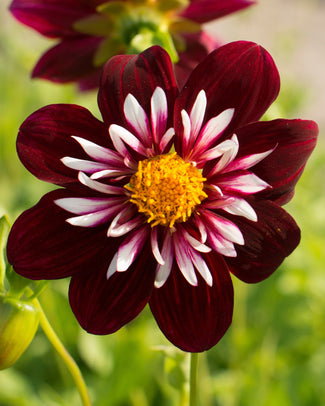
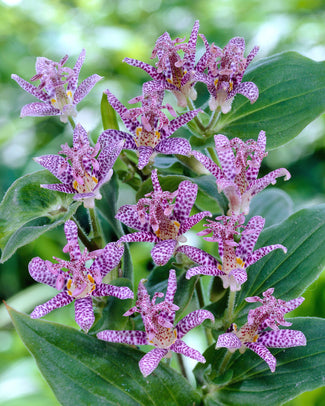
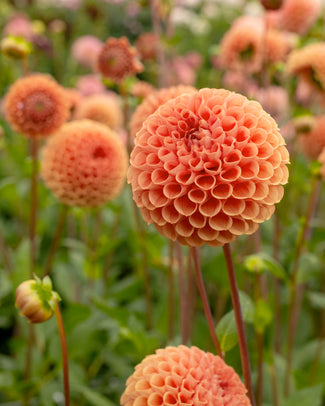
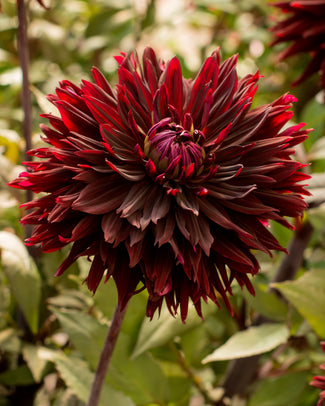
![Agapanthus 'Black Buddhist' []](http://www.farmergracy.co.uk/cdn/shop/products/agapanthus-black-buddhist-1_325x.jpg?v=1575625838)
